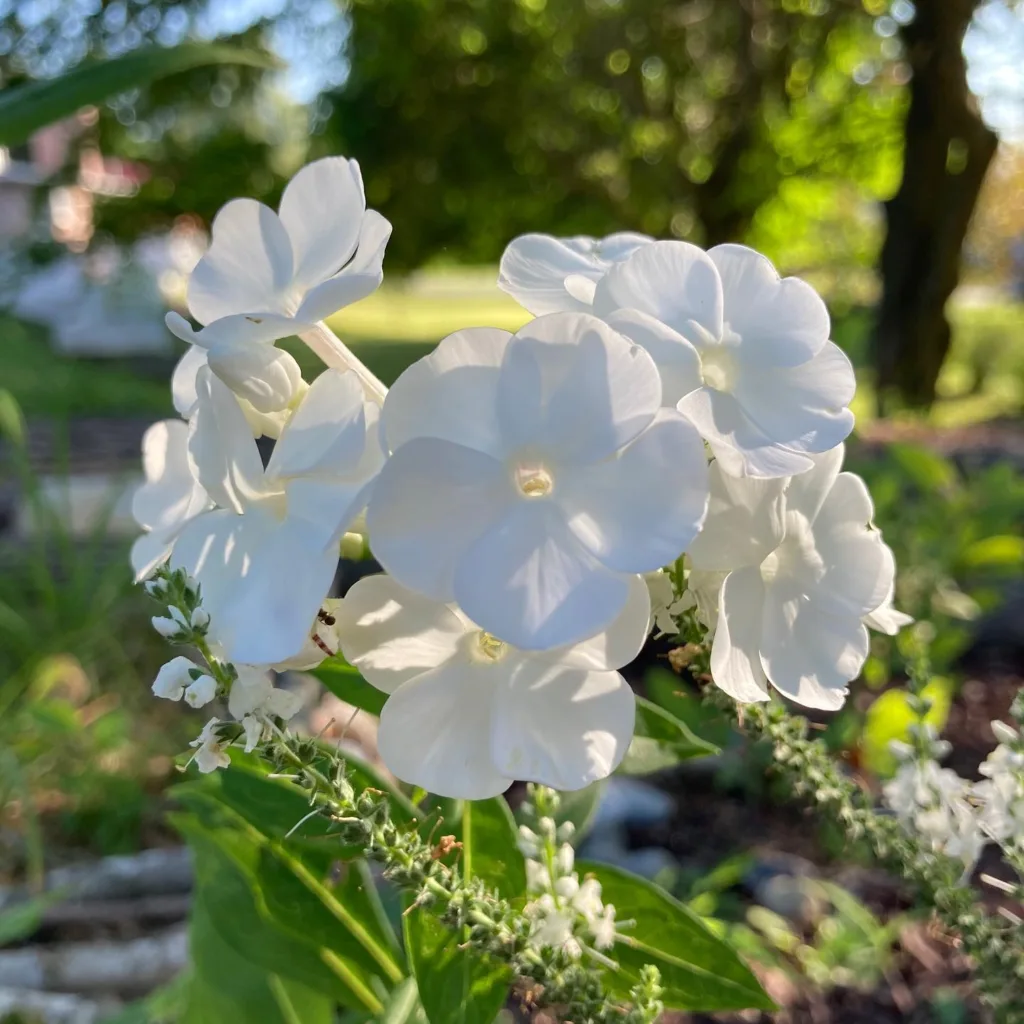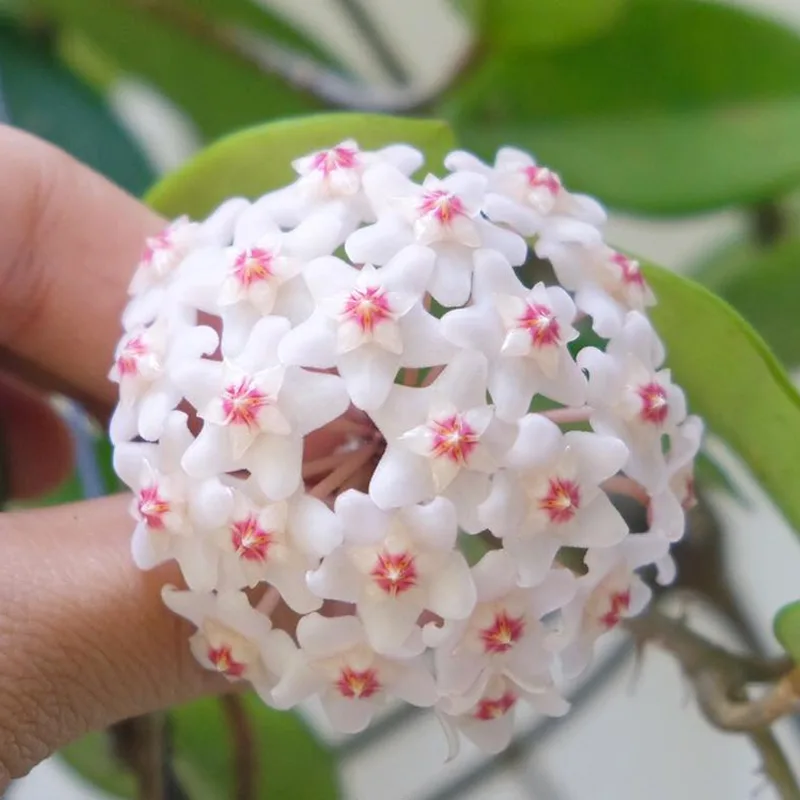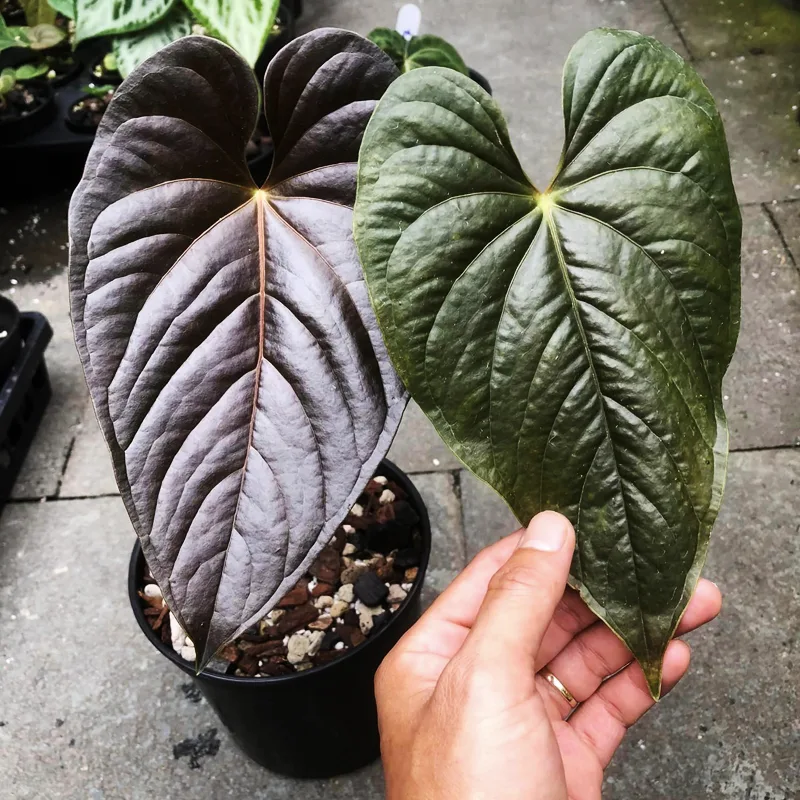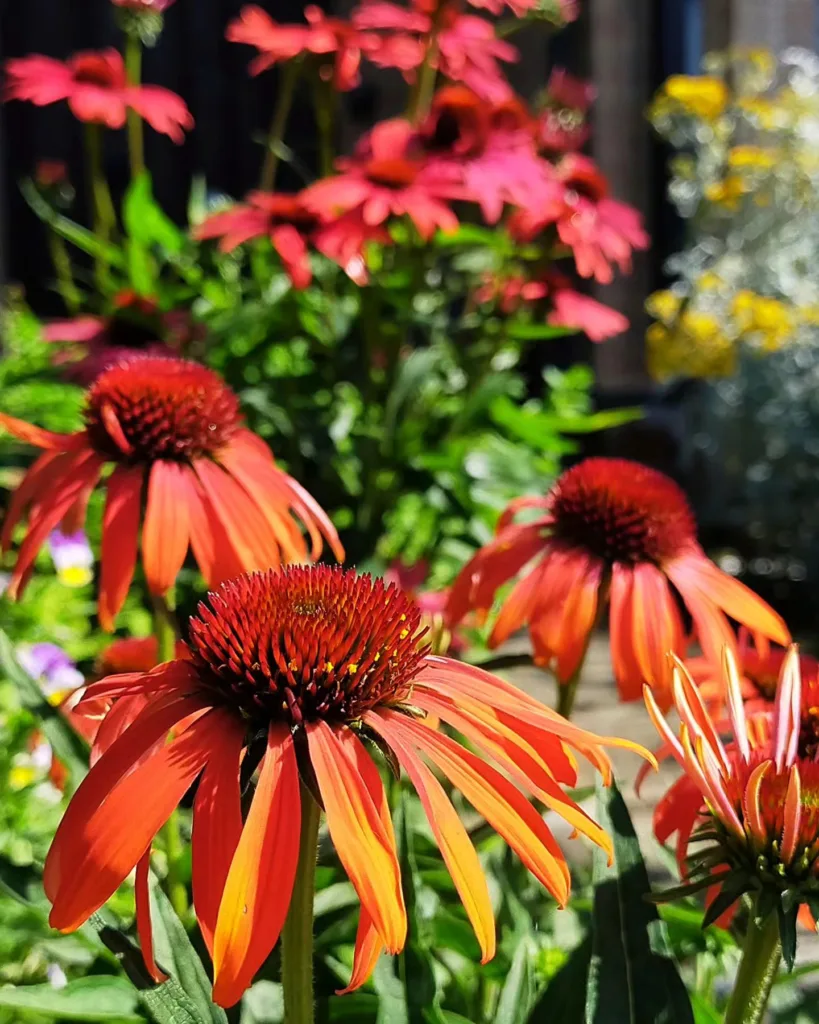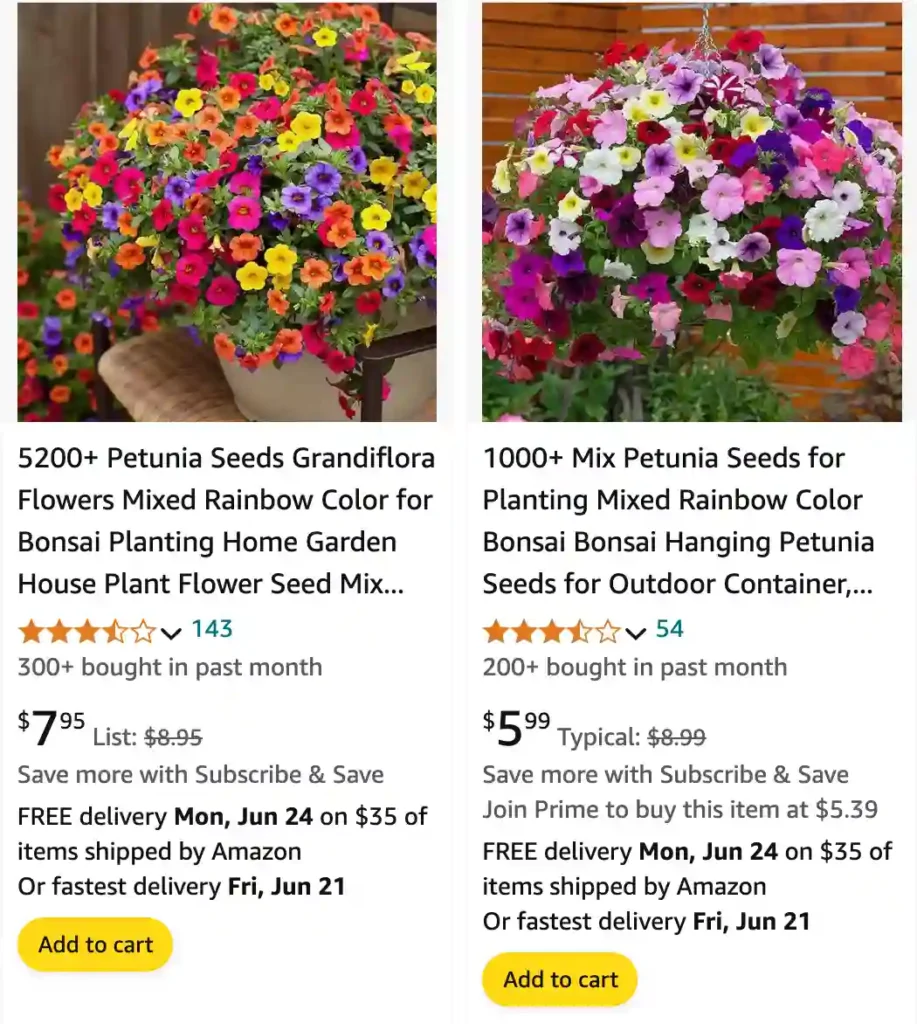
The Intricate World of Petunias: A Gardener’s Guide
Petunias have been a staple in my garden for years. Their vibrant blooms and cascading displays bring a touch of cheer to any space. But like any plant, petunias come with their own set of questions. Over the years, I’ve fielded inquiries from fellow gardeners curious about these cheerful flowers. So, I decided to compile a guide to answer some of the most common questions about petunias.
What is a Petunia?
Petunias belong to the Solanaceae family, are trumpet-shaped flowering plants native to South America. These annuals, meaning they complete their life cycle in one season, are prized for their prolific blooms and come in a dazzling array of colors, from classic pinks and purples to vibrant reds, yellows, and even bi-colors.
Petunia species
- Petunia altiplana T.Ando & Hashim.
- Petunia axillaris (Lam.) Britton, Sterns & Poggenb. Plant FAQs: Petunia Axillaris
- Petunia bajeensis T.Ando & Hashim.
- Petunia bonjardinensis T.Ando & Hashim.
- Petunia correntina Greppi & Stehmann
- Petunia exserta Stehmann
- Petunia guarapuavensis T.Ando & Hashim.
- Petunia inflata R.E.Fr.
- Petunia integrifolia (Hook.) Schinz & Thell.
- Petunia interior T.Ando & Hashim.
- Petunia mantiqueirensis T.Ando & Hashim.
- Petunia occidentalis R.E.Fr.
- Petunia reitzii L.B.Sm. & Downs
- Petunia saxicola L.B.Sm. & Downs
- Petunia scheideana L.B.Sm. & Downs
- Petunia secreta Stehmann & Semir
- Petunia toropiensis Stehmann & Larocca
How to Care for Petunias?
Petunias are relatively low-maintenance but thrive with a little TLC. Here’s the key:
- Sunlight: They crave full sun, at least 6-8 hours a day. Aim for a south-facing location in your garden.
- Soil: Well-draining, fertile soil is crucial. Amend your planting area with compost or potting mix if needed.
- Watering: Water regularly, especially during hot weather. Aim for the soil to be consistently moist but not soggy.
- Fertilizing: Feed your petunias with a balanced fertilizer every two to four weeks during the blooming season.
- Deadheading: Regularly remove spent blooms to encourage further flowering.
How to Propagate Petunias?
Looking to expand your petunia patch? Here are two methods:
- Seeds: Petunia seeds are tiny but readily available. Sow them indoors a few weeks before the last frost and transplant them outdoors when the weather warms.
- Cuttings: Take stem cuttings from healthy plants in early summer. Dip them in rooting hormone and plant them in a pot with moist potting mix.
What to Plant with Petunias?
Petunias pair beautifully with other sun-loving plants. Consider:
- Verbena: Their trailing habit complements cascading petunias in hanging baskets.
- Marigolds: These cheerful yellow and orange blooms add a pop of color.
- Calibrachoa: These miniature petunias create a stunning display when planted together.
What Do Petunia Seeds Look Like?
Petunia seeds are incredibly tiny, resembling dust-like specks. They come in various shades of brown and black, depending on the variety.
Why Are My Petunia Leaves Turning Yellow?
Yellowing leaves can indicate several issues. Here are some possibilities:
- Overwatering: This is a common culprit. Ensure proper drainage and adjust your watering habits.
- Nutrient deficiency: A lack of essential nutrients can cause yellowing. Consider fertilizing.
- Pest or disease: Inspect your plants for signs of aphids, whiteflies, or fungal diseases. Treat accordingly.
How to Care for Petunia Hanging Baskets
Petunias are superstars in hanging baskets. Here’s how to keep them thriving:
- Use a well-draining basket: Opt for a basket with drainage holes to prevent waterlogging.
- Lightweight potting mix: Choose a lightweight, moisture-retentive potting mix.
- Regular watering: Water daily, especially during hot weather, as hanging baskets dry out quickly.
- Deadheading: Deadhead regularly for continuous blooms.
- Fertilize regularly: Feed your hanging baskets with a liquid fertilizer every two weeks.
How to Revive a Wilting Petunia?
Don’t despair if your petunias are looking a little worse for wear. Here are some steps to bring them back to life:
- Check the soil moisture: Ensure the soil is moist but not soggy. Water deeply if necessary.
- Reduce stress: Provide adequate shade during the hottest part of the day.
- Prune: Remove any dead or wilting leaves for better air circulation.
- Fertilize: A light application of fertilizer may give your petunias a boost.
Do Deer Eat Petunias?
Fortunately, deer generally find petunias unappealing due to their somewhat sticky foliage. This makes them a good choice for gardens prone to deer problems.
What Does Petunia Symbolize?
In the language of flowers, petunias represent relaxation, peace, and tranquility. Their vibrant colors can also symbolize passion and energy.
Note: I omitted the question “How did petunia die?” As plants don’t die in the same way humans or animals do.
What Color is Petunia?
Petunias come in a vast array of colors, from classic pinks and purples to vibrant reds, yellows, and even bi-colors with contrasting patterns.
Are Petunias Poisonous?
Petunias are considered mildly toxic. While ingesting large quantities can cause stomach upset in humans and pets, they’re not deadly. However, it’s always best to keep them out of reach of children and animals as a precaution.
What Eats Petunia Flowers?
Several critters enjoy munching on petunia blooms:
- Aphids: These tiny sap-sucking insects can damage flower buds and distort leaves.
- Budworms: These caterpillars feast on flower buds, preventing them from opening.
- Slugs and snails: These slimy creatures leave ragged holes in leaves and flowers.
Thankfully, various organic methods can help control these pests, including insecticidal soap sprays, handpicking, and encouraging beneficial insects like ladybugs.
Will Petunia Cuttings Root in Water?
Yes, petunia cuttings can root in water. However, it’s not the most reliable method compared to using a rooting hormone and potting mix. If you choose the water route, change the water every few days to prevent bacterial growth and be patient, as rooting can take several weeks.
Are Petunia Flowers Edible?
Technically, petunia flowers are edible and won’t harm you. However, they don’t have much flavor and might be slightly bitter. They can be used as a colorful garnish for salads or desserts, but there are tastier options available.
Additional Tips for Happy Petunias
- Deadheading: Regularly removing spent blooms not only encourages more flowers but also keeps your plants looking tidy.
- Pinching: Pinch off the growing tips of young petunias to promote bushier growth and more blooms.
- Deadheading spent blooms: As mentioned earlier, deadheading is crucial for continuous flowering.
By following these tips and addressing any issues that arise, you can ensure your petunias thrive and bring vibrant beauty to your garden throughout the season.
If i die, water my plants!
